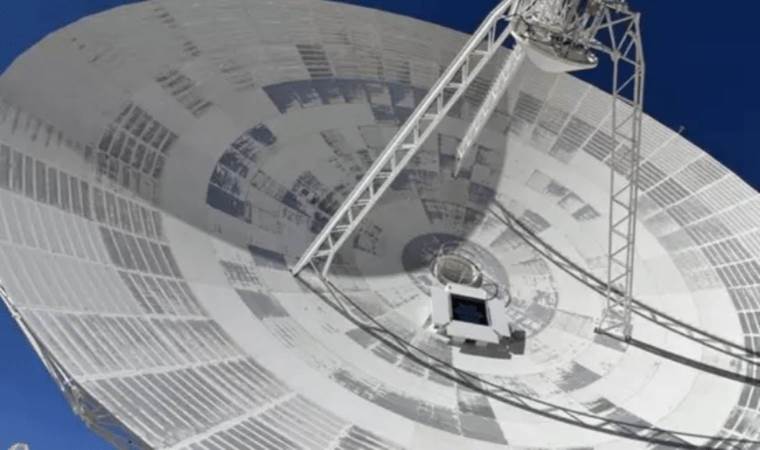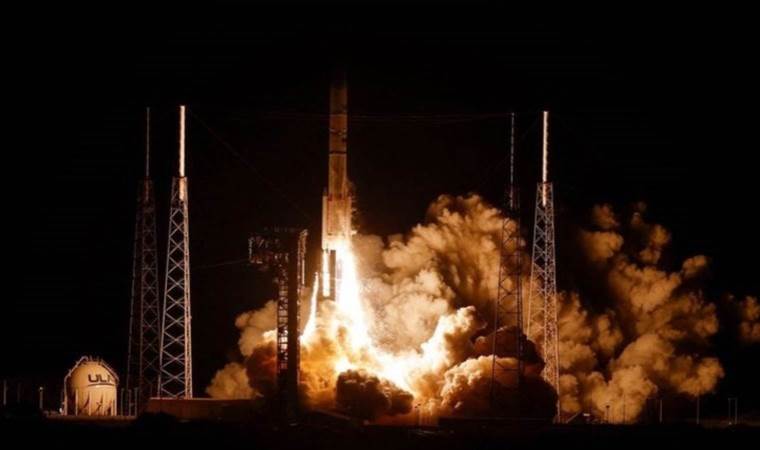NASA receives radio and laser messages from deep space
NASA has made history by receiving radio and laser messages from deep space, ushering in a new era of interstellar communication.

Over the past few months, the US space agency has been utilizing its Psyche spacecraft to test a new communication system. The probe's primary objective is to explore an asteroid of the same name, but it has also been transmitting laser messages back to Earth in the interim.
This is achieved through Deep Space Optical Communications, where a near-infrared laser transmits messages back to Earth.
The system underwent its inaugural test in November when a laser signal was detected from a distance of 10 million miles.
Among the transmitted messages was a cat video—because who doesn't enjoy a cat video? The advantage of DSOC over radio is its superior bandwidth, allowing for quicker data reception.
However, due to certain technological challenges, NASA researchers are contemplating a combination of radio and laser as the optimal solution.
The most recent test successfully received data from twice the distance of the previous one, spanning 32 million kilometers (20 million miles).
On January 1, they downloaded a picture of the Psyche team at a rate of 15.63 megabits per second—40 times faster than standard radio frequency.
In a statement, Amy Smith, NASA's Deep Space Network Deputy Manager at the Jet Propulsion Laboratory, remarked: "Our hybrid antenna has been able to successfully and reliably lock onto and track the DSOC downlink since shortly after the tech demo launched. It also received Psyche’s radio frequency signal, marking the first demonstration of synchronous radio and optical frequency deep space communications." A small device comprising seven hexagonal mirrors was integrated into the existing antenna.
"It’s a high-tolerance optical system built on a 34-meter [112-foot] flexible structure," explained Barzia Tehrani, Communications Ground Systems Deputy Manager and Delivery Manager for the hybrid antenna at JPL. "We utilize a system of mirrors, precise sensors, and cameras to actively align and direct laser beams from deep space into a fiber optic cable leading to the detector."
The aspiration is for NASA to track Psyche when it is 2.5 times the distance from the Sun as Earth.
"For decades, we have been adding new radio frequencies to the DSN’s giant antennas located around the globe, so the most feasible next step is to include optical frequencies," said Tehrani. "We can have one asset performing dual functions simultaneously; transforming our communication pathways into expressways and saving time, money, and resources."



